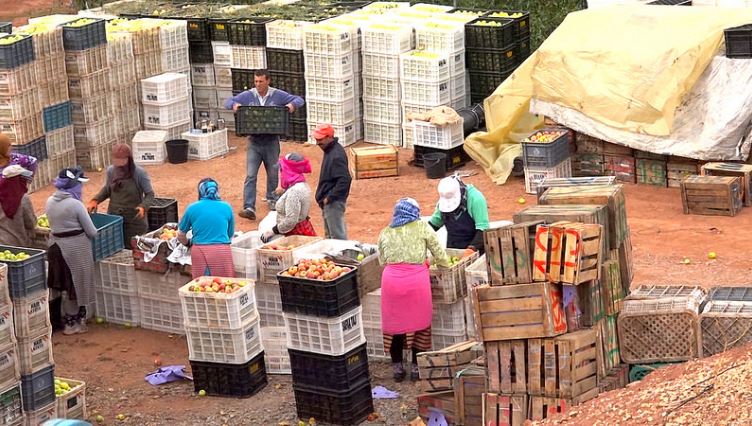Unlocking the potential for agricultural development in the Middle East and North Africa
- From
-
Published on
22.08.18
- Impact Area

Agricultural production and economic development are often neglected in policy discussions about the Middle East and North Africa (MENA) region. Since the beginning of the Arab Spring in 2010, attention has primarily focused on political transitions, instability, and the resulting refugee crisis.
These recent events are evidence of the serious development challenges the region faces. The economies of many MENA countries depend entirely on oil exports, making them vulnerable to price fluctuations. Unemployment remains extremely high, the region’s population continues to grow at rapid rates, and rural poverty persists, with 70 percent of MENA’s poor living in rural areas.
Tackling these challenges can create economic growth, improve lives, and build stability. Agriculture has a strategic importance to the region’s economy, albeit it contributes only 13 percent to the region’s GDP. The region already has scarce access to water and climate change is making it ever more difficult to provide sufficient agricultural production.
A recent IFPRI report, Agriculture and Economic Transformation in the Middle East and North Africa: A Review of the Past with Lessons for the Future, authored by Alejandro Nin Pratt, Hoda El-Enbaby, Jose Luis Figueroa, Hagar Eldidi, and Clemens Breisinger, offers a comprehensive view of the drivers, constraints, and social implications of agricultural development in the region, and explores possible starting points for new sustainable development strategies.
Photo credit: Douglas Varchol/CGIAR Research Program on Dryland Systems
Related news
-

ICRISAT’s Solar-Powered Water Hyacinth Harvester Recognized Among India’s Top 100 Innovations of 2025
International Crops Research Institute for the Semi-Arid Tropics (ICRISAT)18.11.25-
Environmental health
-
Poverty reduction, livelihoods & jobs
ICRISAT's Novel Solar-Powered Water Hyacinth Harvester has now earned a place in the prestigious To…
Read more -
-

Australia partners with International Livestock Research Institute to upskill researchers from Africa and Asia
International Livestock Research Institute (ILRI)13.11.25-
Food security
-
Poverty reduction, livelihoods & jobs
Australia has joined forces with the International Livestock Research Institute (ILRI) to support th…
Read more -
-

Next-gen rice lines top check varieties at 7.5 t/ha in ESA
International Rice Research Institute (IRRI)11.11.25-
Food security
MOROGORO, Tanzania (8 October 2025) — Elite rice lines are outperforming the current popular varie…
Read more -
